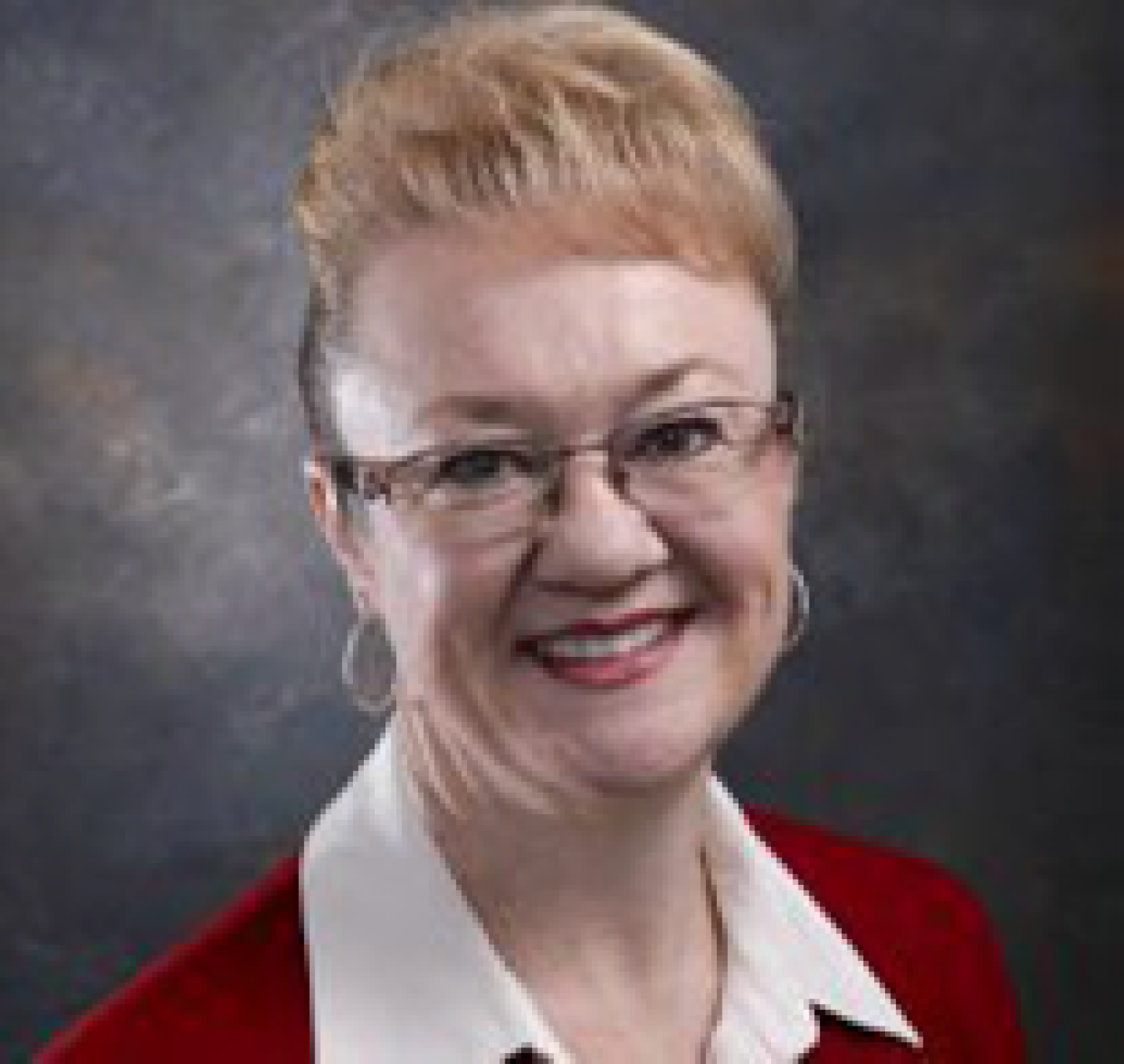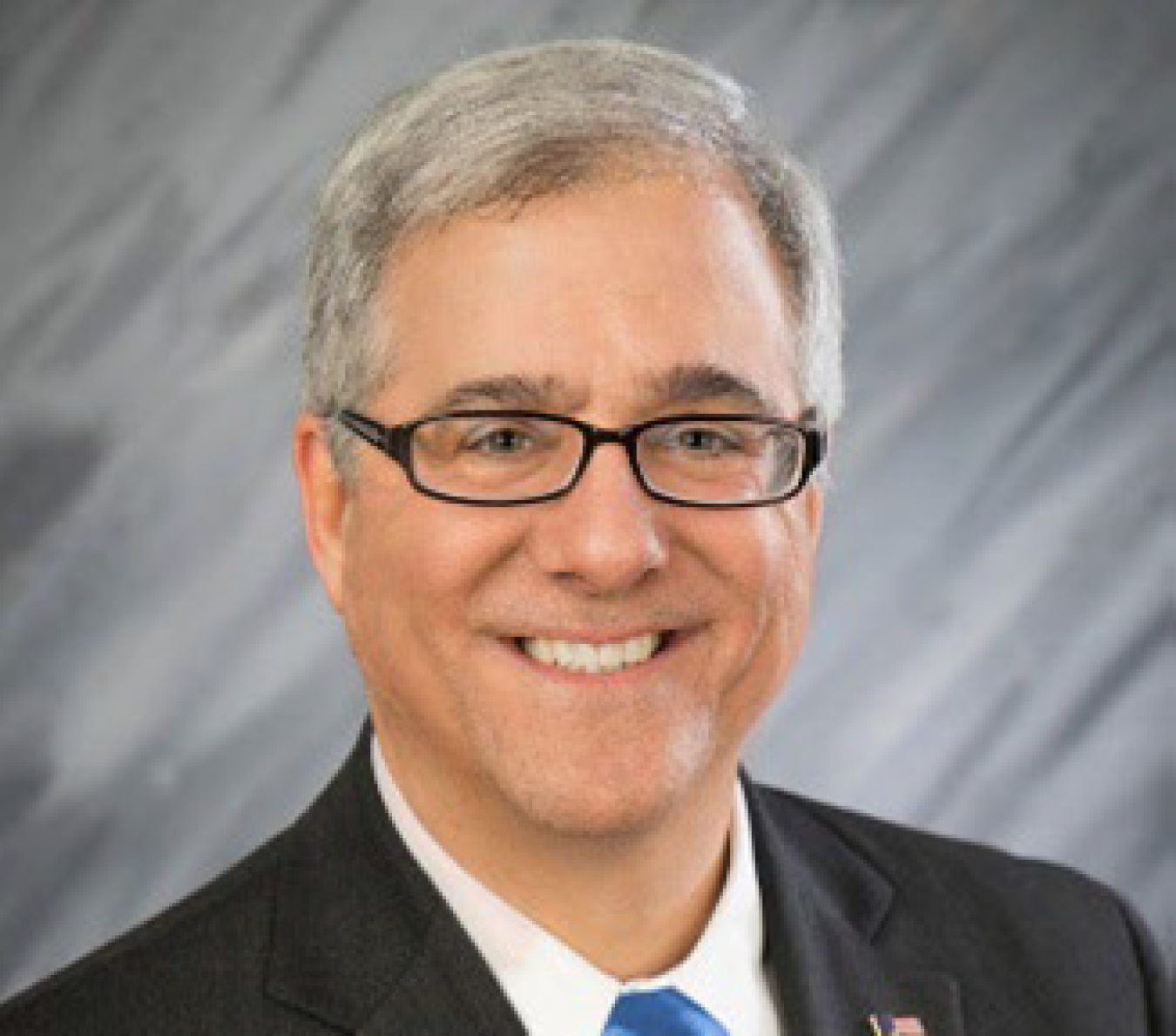Meet Electricity Advisory Committee leaders: Chair Wanda Reder of Grid-X Partners, and Vice-Chair Michael Heyeck of The Grid Group
November 23, 2020The U.S. Department of Energy (DOE) recently announced the new and returning members of the Electricity Advisory Committee (EAC), which advises DOE on electricity resilience, reliability, security, interdependency, and policy issues. In a new series of posts, we will hear from the members of the EAC to learn more about their backgrounds, their predictions for the future of the electric grid, and their advice for young professionals in the energy space.
We begin by profiling the Chair and Vice-Chair of the EAC. Wanda Reder of Grid-X Partners, LLC and Michael Heyeck of the Grid Group, LLC began serving as Chair and Vice-Chair of the EAC, respectively, beginning at the August 2020 meeting of the EAC.
Each profile below represents the member’s own thoughts and does not reflect the position of DOE:
Wanda Reder, Grid-X Partners, LLC (EAC Chair)

Q: Why did you join the EAC?
It was such an honor to be invited to serve. I decided to join because I felt it would provide an opportunity to share my experience and learn from others. The EAC provides a venue to advise on policy issues on a national level, make recommendations to overcome challenges, and suggest opportunities for DOE to bring added value through increased coordination and collaboration.
Q: What have you worked on during your time on the EAC?
Over the years as an EAC member, I have contributed to numerous white papers and panels on topics such as smart grid, energy storage, electric vehicles, workforce development, cyber security, distributed energy resources, regulatory models, and lessons learned from the American Reinvestment and Recovery Act of 2009.
Q: Tell us about your professional journey that led you to the EAC.
I am the President and CEO of Grid-X Partners, a WBE-certified management consulting and engineering company that is focused on assisting utilities in transforming their delivery business. Earlier career experiences include being chief strategy officer at S&C Electric Company and vice president of Power Systems Services, where I developed an extensive field and project-related global service business. I have also held executive leadership positions at Exelon and Northern States Power (now Xcel), with increasing responsibilities in areas such as asset investment strategy, standards, engineering, systems planning, reliability, work management, automated metering, and demand-side management. I am an IEEE Fellow, past IEEE Power & Energy Society president and a National Academy of Engineering inductee for leadership in electric power delivery and workforce development. My involvement in IEEE is primarily what led me into the EAC.
Q: What advice do you have for a young person considering a career in the electricity industry?
Go for it! The electric industry is the lifeblood of society. It will undergo significant transformation in the coming years and is in need of new ideas, new technologies, and new business models. If you are interested in making a real difference and joining an industry that is full of promise, the electric industry is the place to be.
Q: In your view, what is the biggest challenge facing the electric grid today?
The greatest challenge for the grid is to remaining viable and reliable as several threats converge, such as changing customer expectations, more extreme weather events, changing business models, uncertain user demand, aging electrical power infrastructure, increased automation susceptible to cyber-attack, and interruptions in fuel for generating plants.
Q: What is something surprising people do not know about you?
I started driving at the age of three to help my dad feed cows. For vintage vehicle enthusiasts, it was in a 1955 Jeep with a stick on the tree! I am a private pilot, too.
Michael Heyeck, The Grid Group, LLC (EAC Vice-Chair)

Q: Why did you join the EAC?
I firmly believe that being on the EAC is a public service to our country. I first joined the EAC in 2008 to offer my technology and policy experience with the electricity grid to help transform the grid to meet the needs of the United States. I served until 2014 and rejoined in 2017 to chair the EAC and remained chair through June of this year. Due to other activities internationally, I elected to switch with the vice-chair for what will be my tenth year on the EAC.
Q: What have you worked on during your time in the EAC?
I started as the transmission subcommittee chair in 2008 and redeveloped the group to address all of transmission and distribution before leaving in 2014. This group eventually merged with the smart grid subcommittee. In March 2017, I was asked to chair the EAC to redevelop the EAC to expand sectors and increase diversity. As a member, I work to find out what is missing and what is needed to advance those topics.
Q: What advice do you have for a young person considering a career in the electricity industry?
The utility space was staid and slow to develop, but today the transformative electric grid sector invites people who enjoy making a difference. What I will point out to those young in their career is that electricity is the fuel of our economy and our livelihoods. Electricity touches everyone and this career is truly a public service and the EAC is truly a service to our country.
Q: Can you tell us about your professional journey that led you to the EAC?
The Energy Policy Act of 2005 caused me to notice parallel strategic concepts between the U.S. electric grid and the Interstate Highway System after President Eisenhower’s Federal Highway Act of 1956. President Eisenhower brought the Interstate Highway System to us for national defense as a first priority, but it has been a great enabler of U.S. commerce and the economy as well. Now the transmission grid is the foundation of our commerce and economy. It enables extended markets and renewable energy integration. It can offer consumers lower costs and can reduce emissions across greater areas of the United States. While people saw President Eisenhower’s vision as a pipe dream, the Interstate Highway System proved beneficial to society, and it is my hope that advancements in the electric grid will parallel that success.
Q: What are you involved in outside of work?
I enjoy many public service threads and am on the board of a regional food pantry/job placement center. I’ve also been an elected official since 1993 (Councilman in Westerville OH, including council chair for ten years and mayor for two years). I enjoy reading American history. Lately, I have been involved as an officer with CIGRE, a trade association nonprofit based in Paris, France that deals with power system expertise to enable sustainable electricity for all in the world.
------------------------------------------------
Learn more about EAC activities and meetings
Watch this space for more profiles of the members of the Electricity Advisory Committee

